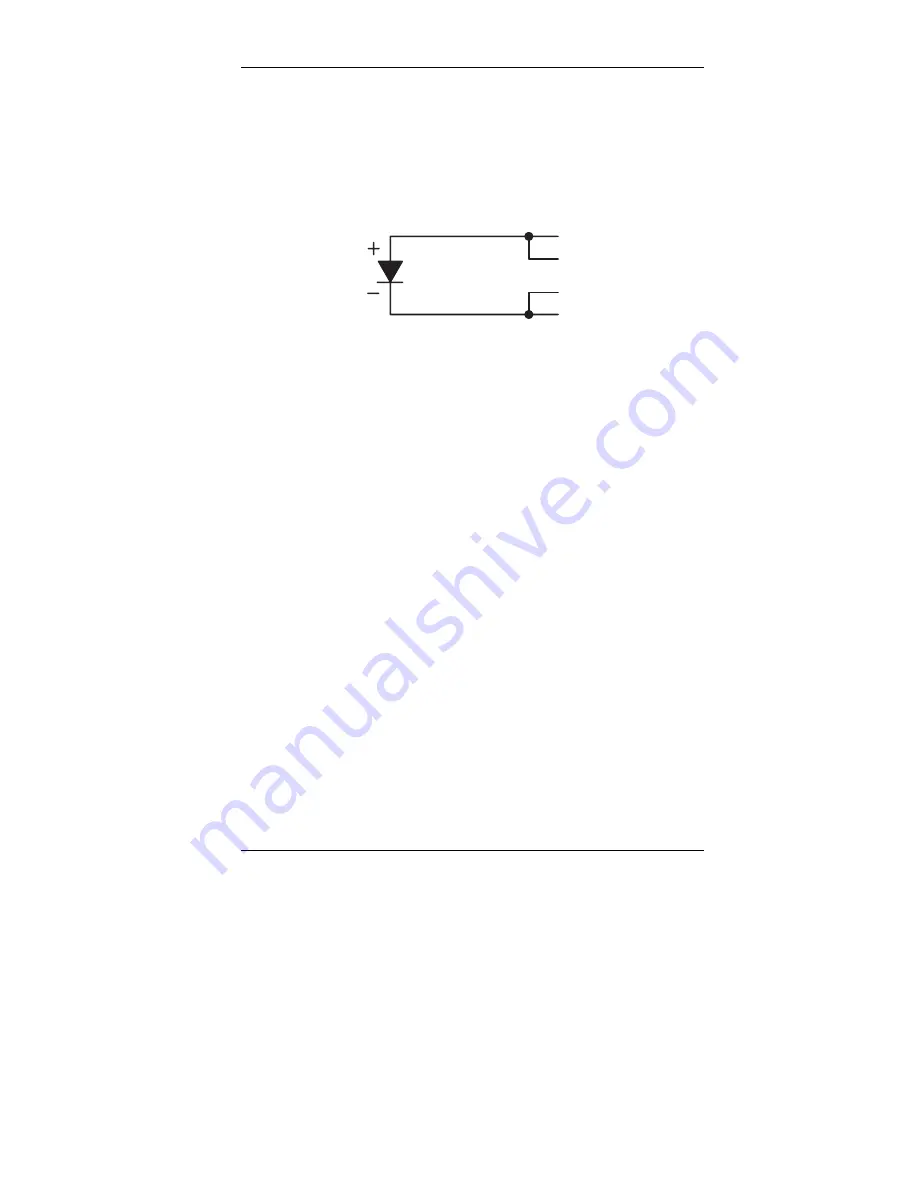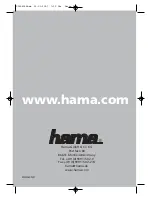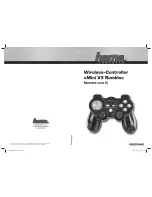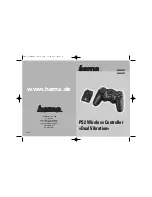
Omega Model CYD211 User’s Manual
Installation 2-7
2.5.7 Two-Lead
Sensor
Measurement
Sometimes a crowded cryogenic system forces users to read sensors in a
two-lead configuration because there are not enough feedthroughs or room
for lead wires. If this is the case, plus voltage to plus current and minus
voltage to minus current leads are attached at the back of the instrument or
at the vacuum feedthrough.
I+
V+
I
V
Two-Lead
Diode
The error in a resistive measurement is the resistance of the lead wire run
with current and voltage together. If the leads contribute 2 or 3
Ω
to a 5 k
Ω
reading, the error can probably be tolerated. When measuring voltage for
diode sensors the error in voltage can be calculated as the lead resistance
times the current, typically 10 µA. For example: a 10
Ω
lead resistance
times 10 µA results in a 0.1 mV error in voltage. Given the sensitivity of a
silicon diode at 4.2 K the error in temperature would be only 3 mK. At 77 K
the sensitivity of a silicon diode is lower so the error would be close to
50 mK. Again, this may not be a problem for every user.
2.5.8 Lowering
Measurement
Noise
Good instrument hardware setup technique is one of the least expensive
ways to reduce measurement noise. The suggestions fall into two
categories: (1) Do not let noise from the outside enter into the measurement,
and (2) Let the instrument hardware features work to their best advantage.
• Use 4-lead measurement whenever possible.
• Do not connect sensor leads to chassis or earth ground.
• Use twisted shielded cable outside the cooling system.
• Attach the shield pin on the sensor connector to the cable shield.
• Do not attach the cable shield at the other end of the cable, not even to
ground without taking precautions to prevent ground loops.
• Run different inputs and outputs in their own shielded cable.
• Use twisted wire inside the cooling system.
• Use a grounded receptacle for the instrument power cord.
• Consider ground strapping the instrument chassis to other instruments or
computers.
















































